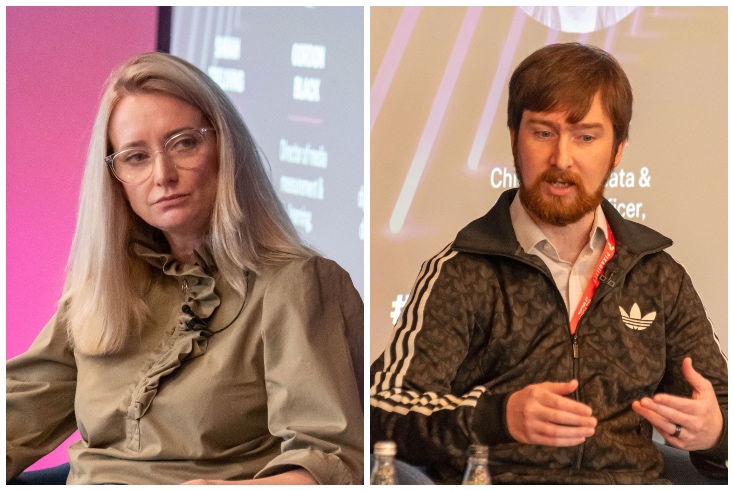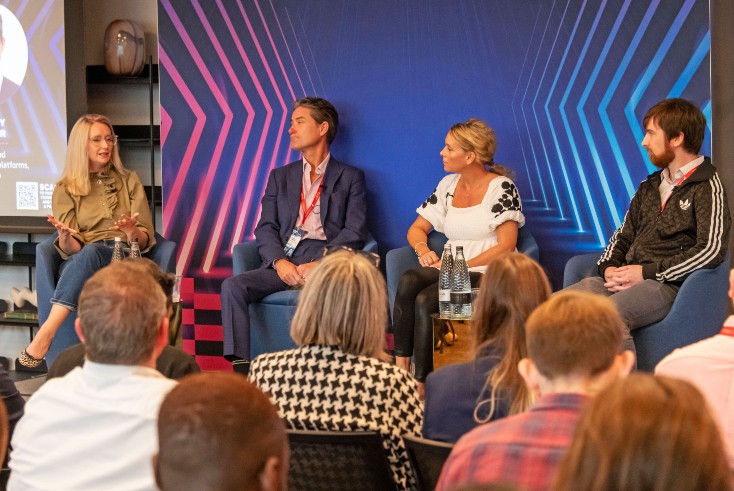Why media measurement must move on from a ‘single source of truth’

The Future of Media 2023
“We’ve moved on from a world with a single source of truth, where often the solution was digital attribution, which had so many faults [but] at least you could rely on it. Now you can’t even rely on it.”
Adidas’ director of media measurement and learning Gordon Black told this month’s Future of Media event that instead of using a single source of truth in measurement, the industry is now moving toward a single framework of truth.
“We’re moving toward using the right tool for the right job for the right decisions, while being really clear about what those decisions are,” he said. “You’re using your marketing mix modelling for your annual and quarterly planning; you’re using testing to get more granular on specific tactics and specific formats; you have attribution because you do still need a real-time signal to react to. It all plays its part.”
How not to ‘lose people’ on the measurement journey
The importance of data and measurement was centre stage at The Future of Media. Industry leaders went so far as to decide that measurement needed to be redefined to focus on key business drivers and “impact”.
Black spoke on a panel featuring Goodstuff Communications’ chief digital, data, and technology officer Sarah Treliving, Nielsen EMEA lead for broadcasters & platforms Barney Farmer, and Dentsu International chief data and digital product officer Maddie Armitage.
 The Future of Media 2023: Sarah Treliving (Goodstuff) and Gordon Black (Adidas)
The Future of Media 2023: Sarah Treliving (Goodstuff) and Gordon Black (Adidas)
The group, led in conversation by Treliving, unpacked what the future of the measurement framework should be. As Treliving described, the framework is “the connective tissue between all the different tools, techniques, practices, partners, and stages of the consumer journey.”
Black highlighted that moving toward a framework model requires education, but “not over-education. We need to get it to an understanding that’s needed and not more, or you’ll lose a lot of people,” he said. Doing so, the group agreed, requires transparency and clear communication; speaking a common language across one’s organization and strictly defining what you mean by what you’re measuring.
How can agencies support unified measurement frameworks?
Armitage agreed that a “more unified measurement framework” is something their clients are needing to adopt. Dentsu wants to introduce more “bonded measurement,” which focusses on clients’ business outcomes across the short-, mid-, and long-term, she explained.
Farmer added that “everyone needs to be on the same page at the beginning” and actively involved when it comes to measurement. Doing so would help avoid classic pitfalls such as results coming in that are entirely unexpected to parties involved.
Farmer laid out the litany of tools at marketers’ disposal regarding measurement, and how they have grown in recent years to encompass the likes of attention.
“They all have a place, they all have a value,” he said, and admitted that “there isn’t a consensus” over what key measurements are most important. “It’s probably gotten more complicated, and there’s actually more availability of what you can measure and it doesn’t seem to end.”
Treliving added that “ideally every metric that you’ve got in your measurement framework would have been evidence-based through a bunch of analytics up front to deliver on an outcome. […] If it’s been hastily put together based on a broad-based role for a channel, it’s not going to be working cohesively towards an output in the short or the long-term.”
“The more data, the better,” added Armitage.
‘Its own silo’
There is no doubt that measurement has become even more complex as media continues to fragment. Treliving noted that measurement experts are not only grappling with “the usual questions” related to the likes of reach and frequency, and the siloes of digital versus offline media, but that now the rise retail media has caused a headache on its own.
“Amazon is becoming its own silo in and of itself,” she said. “Measurement is improving, but it’s also becoming more complex. And we’ve got attention coming in from stage left to create another metric.”
This is occurring amid the slow-walked death of the cookie. When asked whether its demise was a positive for the industry, Black would not go so far as to say it is a “good thing,” but he is glad that the death of the cookie is “leading to the death of attribution, which was so misunderstood and so often misinterpreted for so long.”
He acknowledged that the importance of advanced methods of testing has increased since the deprecation of cookies began.
‘Barely scraping the surface’: Amazon’s ads growth bolstered by sponsored products and new offerings
‘The more you feed it, the better it will get’
The group also discussed how to best use artificial intelligence for the purposes of measurement. Despite AI being used for years to help measure media, Farmer called the use of AI models still “very much in its infancy, adding that, “The more you feed it, the better it will get.”
Armitage added, “It’s something that we were talking about 10 years ago, and it seemed to slowly and slowly progress, and now it’s exploded. If it helps us move faster to get to the answer, then it can only be a good thing.”
She said Dentsu is using AI when looking at comparative nesting models. The company is also doubling down on using it to help automate rudimentary data preparation tasks.
“It hasn’t taken away the need for human econometrics capabilities,” she said.




